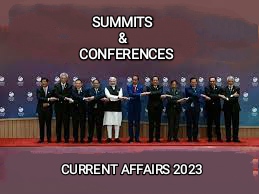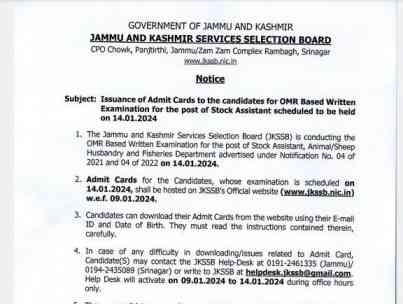Language and Literature
Introduction: The population of Jammu and Kashmir, a multilingual state, can be divided into three distinctive Linguistic groups. Inhabiting the Kashmir valley and some adjoining areas the Kashmiris speaks Kashmiri. The second group living in the Jammu region speaks Dogri. The mother tongue of the third group, Ladakahis, inhabiting the frontier district of Ladakh is Ladakhi, a language close to the Tibetan.
Besides the languages mentioned, Urdu, Balti, Dardi and pahari are the principal languages of the state, kashmiri was originally a branch of the Prakrit language or one of the prakrits of Sanskrit. with the admixture of words and phrases from many dialects spoken on the borders of the valley, Prakrit assumed the form of new vernacular, Kashmiri.
Several European scholars and Kashmiri philologists have advocated that Kashmiri is an off-shoot of the Indo-Aryan Sanskrit Language. The Dardic language, intermiate to the Iranian and Indo-Aryan or the Aryan branch of the Indo-European languages is closely connected with Kashmiri.
Kashmiri is the only language of the Dardic Aryan group that has a ich literature. Macro Polo referred to Kashmiri by name shows that it is a fairly old spoken language. The languages of the elite and /or administration down the ages. In the state, have been Sanskrit, Pali, Persian, English and Urdu.
Kashmiri Literature
Kashmiri Literature goes back about six centuries, when the indigenious script, Sharda, was developed. There is evidence that manuscripts in the Sharda script were written on the bark of Birch trees. The Nilamatpurana, which is a significant source of history of Kashmir, beaks testimony to this fact,. Lal ded, the poetess sage of the 14th century, also known as Yogeshwari Laua, is credited with giving Kashmiri her native tongue, which led to its becoming a written language.
The indigenous script, Sharda, already evloved, was akin to the Bodh script of Ladakh, and the Takri of Kishtwar, though closer to the latter script. The poetic form of Vaakh (Sanskrit, Vakhya) a four line stanza was current by the middle of the AD 14 the century. Lal Ded improved the Vaakh to the standard of a composite metric form that come to stay. The lasting contribution of Lal Ded's Vaakh is that these helped to make Kashmiri an adequate vechile for expression of philosophical thought.
The earliest extant work in Kashmiri-in Sharda script-is Mahayan Prakash by Rajancha Citi Kantha. It is a treatise on the Trika (Shaiva) Philosophy written towards the end of AD 13th century. Other works include Bhattavatara's, Banasuavadha, Ganaka Prashtasas-Sukhadukh- Charitam and several Trika Darshana texts in Kashmiri.
Sharda stood somewhere between Brahmi and Devanagri. Kashmiri's strong link with the Sanskrit stayed, though with the advent of Muslim rule in Kashmir in the AD 14th century came strong linguistic influences in the form of Persian and Arabic vocabularies.
Kashmiri thinkers and writers were attracted more and more towards Persian literature and took to writing in Persian, Kashmiri became practically a spoken language and Sharda script went into gradual disuse. The growth of the Kashmiri language, though fitful nd uneven, many writers and poets contributed form the medieval times to the present day.


.jpg)
.jpg)



